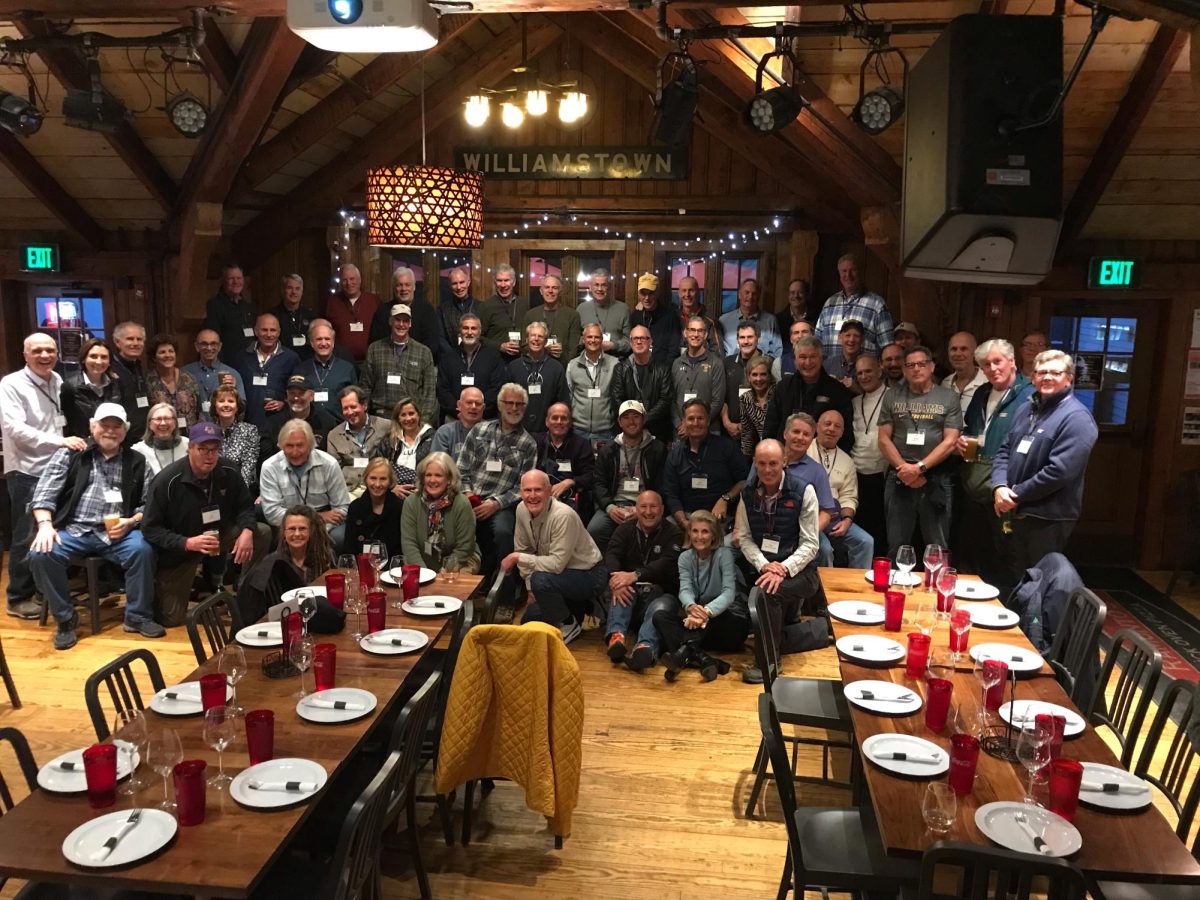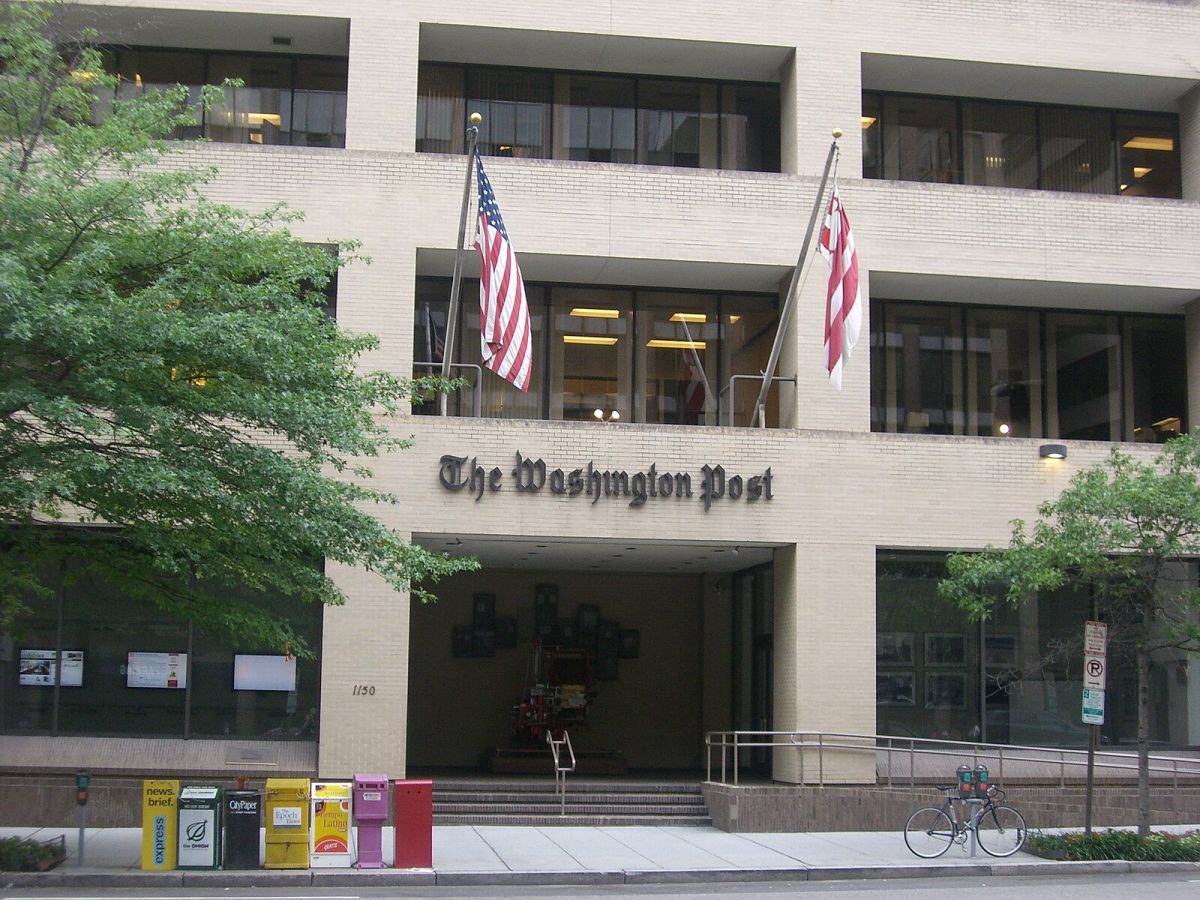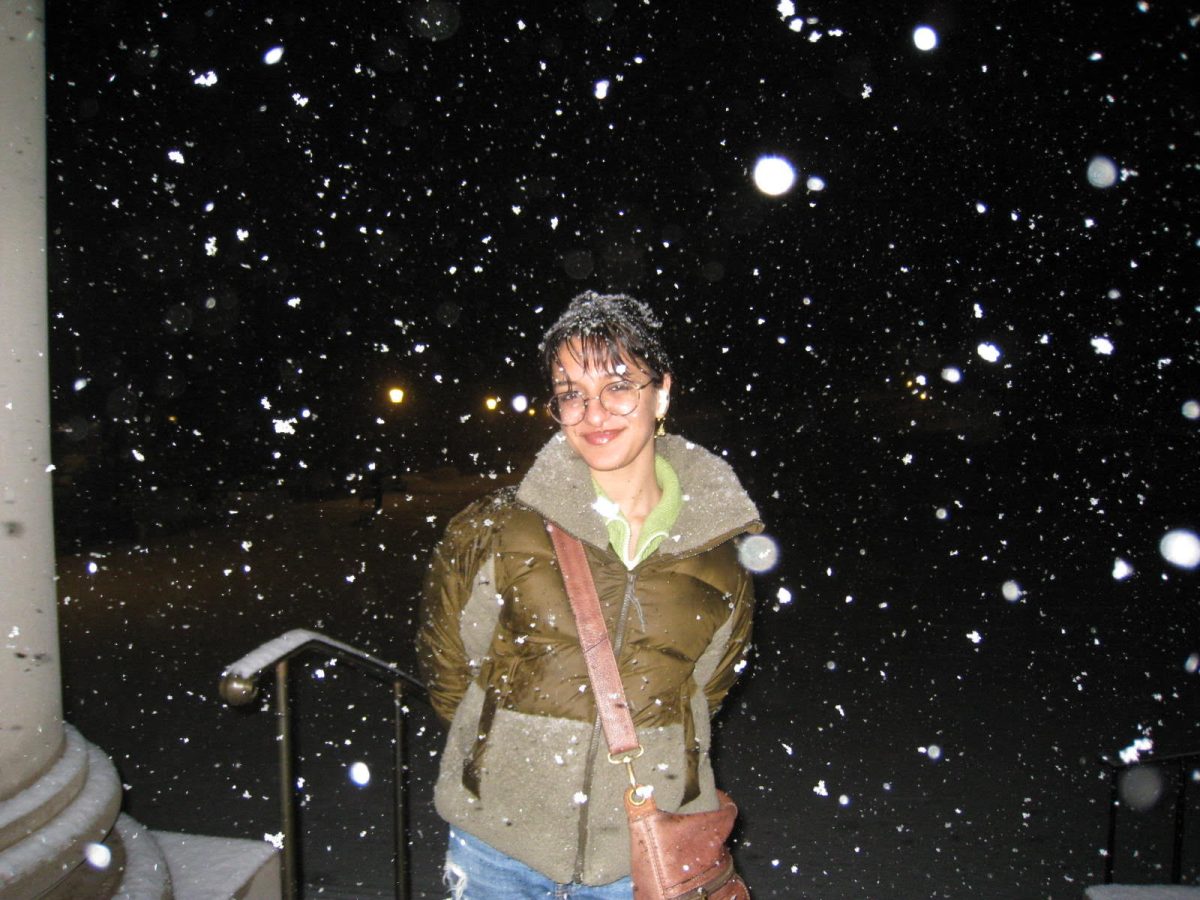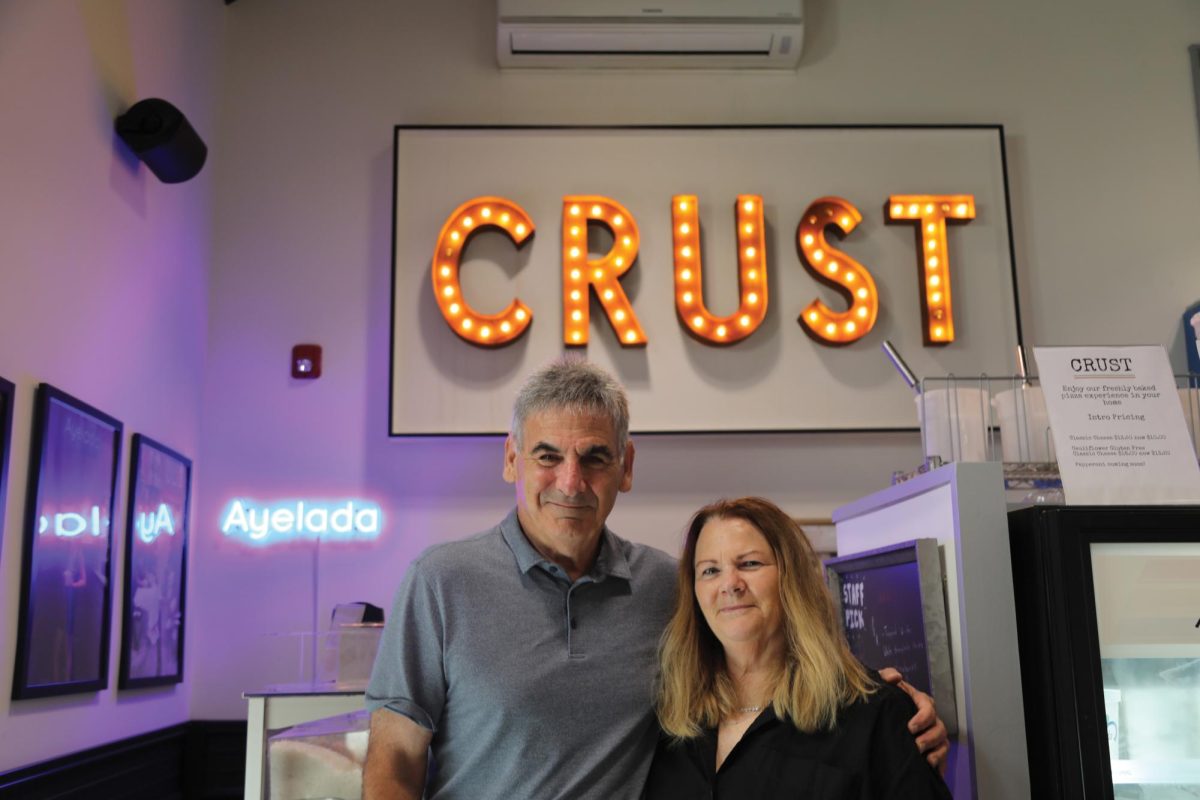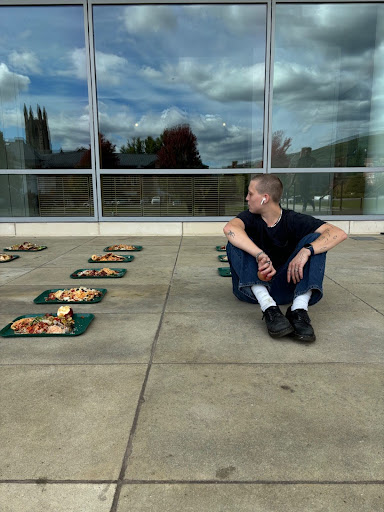
Diners rushing to lunch on Sep. 30 at the Paresky Center were greeted by an unusual sight on the building’s steps: trays piled high with leftover food, slowly rotting in the sun. The trays were not left there by chance: They were arranged by Annie Scott ’25 as part of their performance art piece bitten off, created for the studio art tutorial “The Art of Almost Nothing.”
From 11:30 a.m. to 2 p.m., Scott walked around Paresky, asking lunch-goers for their leftovers and then putting them on trays. “Once I had a tray that was filled up to my liking, I would walk it out, sometimes through a lot of people, sometimes not, and put it on the Paresky porch,” Scott told the Record. Eventually, Scott arranged 23 trays in a neatly organized grid between the building’s two east-facing entrances.
Although bitten off may have seemed spontaneous, Scott obtained the permission of Dining Services and Facilities before setting it into motion. “I also had to call CSS [Campus Safety Services] and tell them that it wasn’t a protest,” Scott added.
Scott intended to make a statement on food waste. “We as consumers can really detach ourselves from the waste that we are a part of creating — especially when you’re tossing it into a bin that is a kind of opaque and cumulative thing,” they said.
Through their artwork, Scott said, students at the College were forced to confront the waste they create.
Students’ responses varied when asked for their food, Scott said. “[There was] a lot of discomfort, a lot of questioning or curious looks, but also some really endearing and positive interactions,” they said.
Thomas McAleer ’28, whom Scott approached, said that food waste is a noticeable issue on campus. “I was hungry, so I ate everything [on my plate],” McAleer said. “I guess people should try to take [only] what they’re going to eat.”
Ella Ball ’25, who documented the process for Scott, suspected the issue originates from the setup of Whitmans’, where the electronic doors of the buffet prevent students from going back for seconds. “I wonder if there are ways to rework the space so that people don’t feel like they have to take as much,” Ball said.
Reactions to the spectacle of the trays also varied. “They were kind of disgusted initially or confused,” Ball said of passersby.
“There’s something really visceral about looking at these leftovers that are sitting in the sun,” Scott added.
Scott wanted bitten off to be an uncomfortable experience, one that challenged expectations and social norms, they said.
bitten off was inspired by the Happenings movement of the 1960s, which used audience discomfort as performance material. Given Paresky’s popularity during lunch time, the choice of location was a natural one, Scott said.
“It’s already a very stage-like structure, and there’s a lot of doors and entrances that are around Resky steps,” they said. “I thought it was going to get a lot of views or a lot of people being able to engage with the piece.”
The display also reached many students who may not otherwise engage with performance art projects. “I wish there were more art things that operate outside of the Spencer Art Building,” Scott said. “It is pretty out of the way.”
Scott said they are considering creating more performance art pieces at the College. “I am curious to see how I can continue to engage with this idea and how, or if, the student body responds to that performance,” they said.




